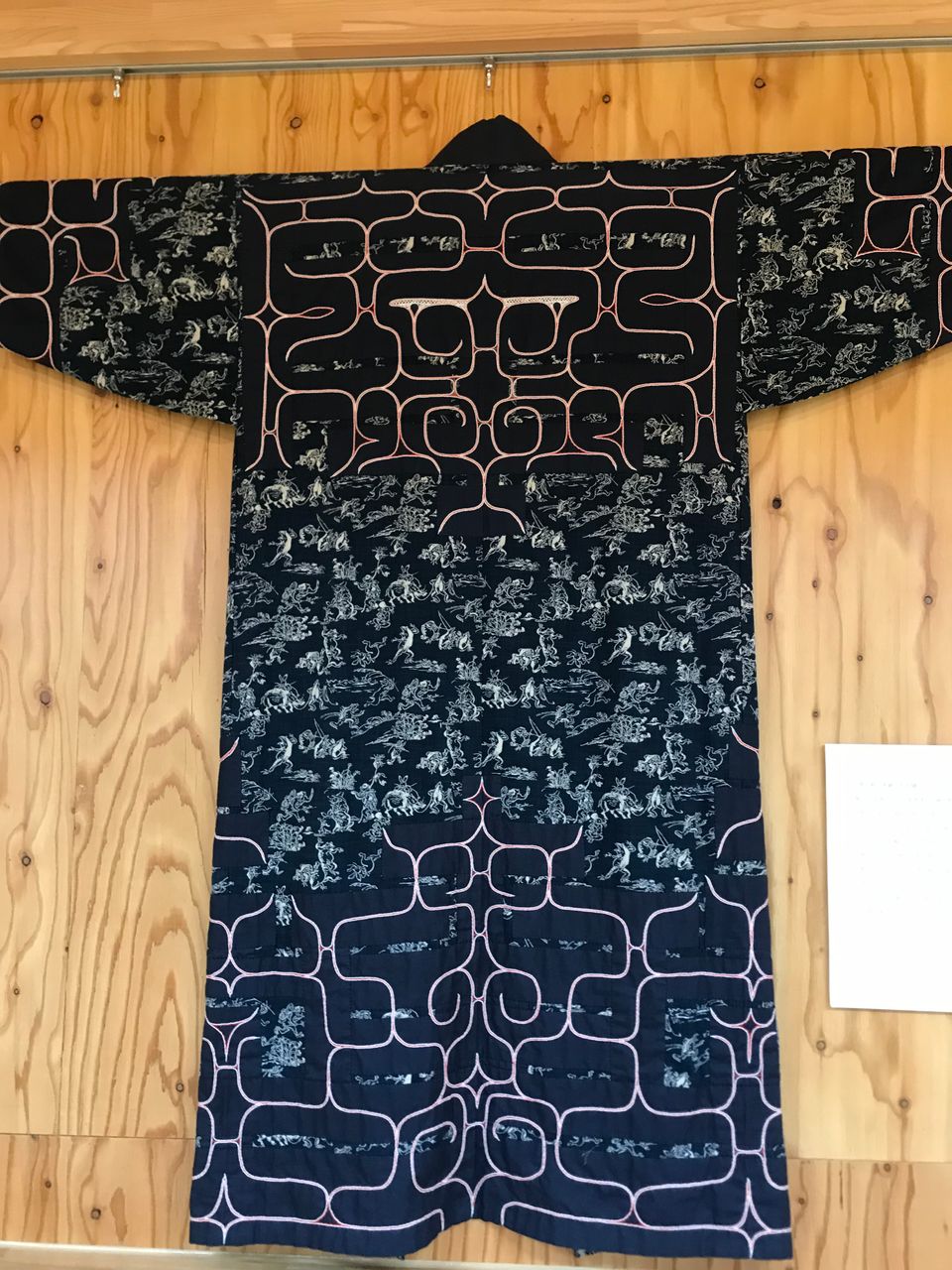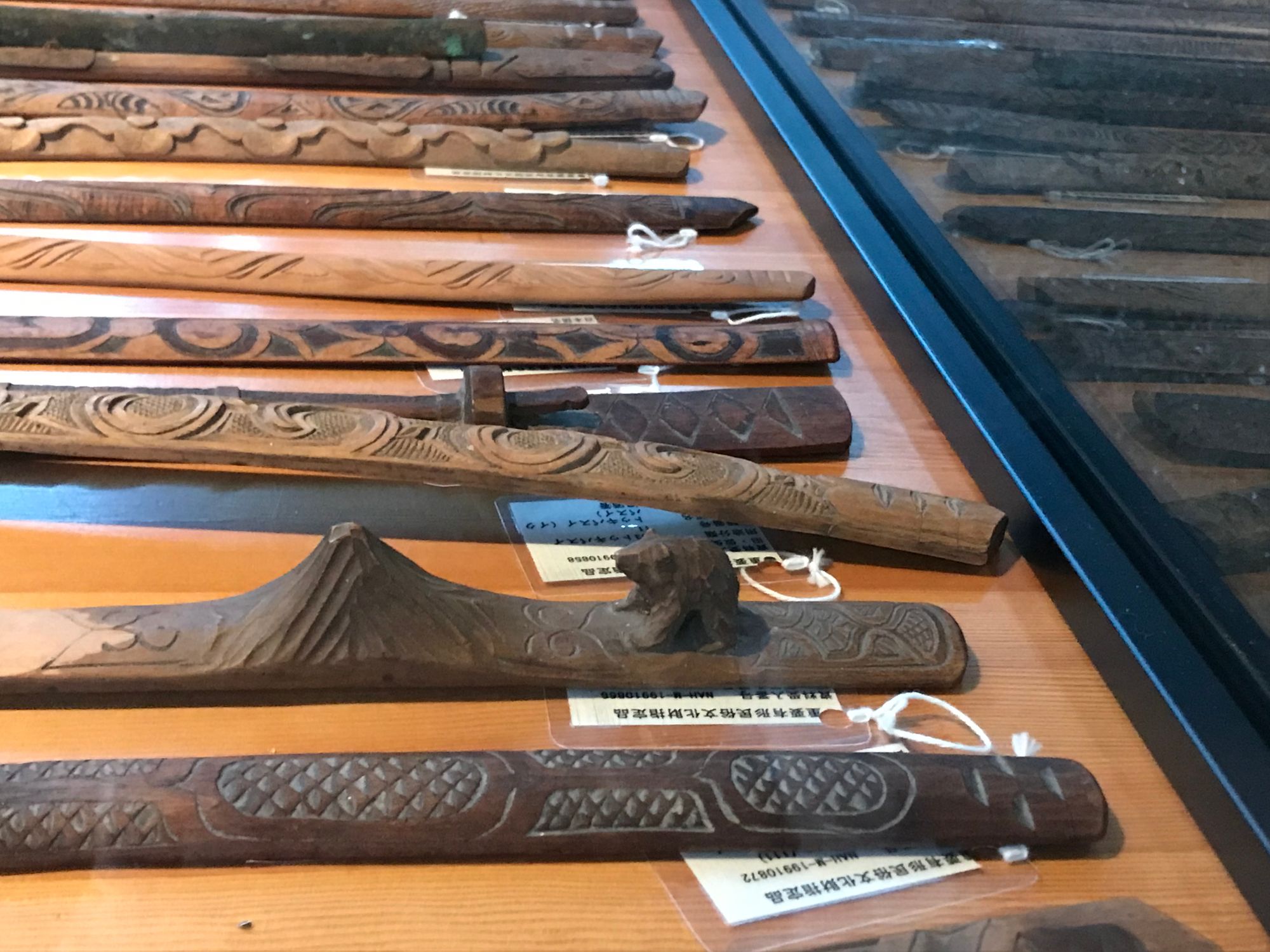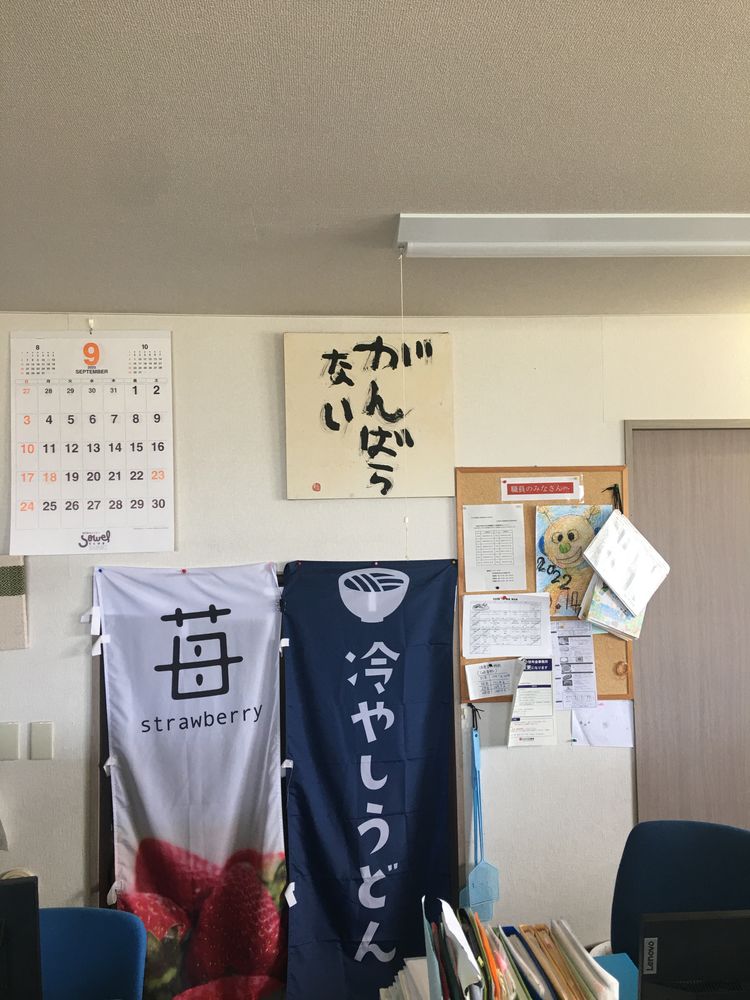Indigenism, Feminism, and Collective Agency: The Modern Situation of the Ainu

"I saw pictures of these huge casinos! All the drinks and tobacco they sold were tax-free, and I heard they are one of the richest people in the US!"
That's a sentiment I heard during an interview in Biratori, Hokkaido – a place that has historically held great significance for the Ainu to this day. He had read a book regarding the Indigenous Rights movement prevalent within the US, and the many benefits gained throughout this process. He continued on to imagine the same for the Ainu in Japan, and the potential wealth that may come from it.
As I listened, I held my tongue about the struggle the native people to the North American continent continue to endure, and that success from running a casino was the minority.
Sat in front of me was a person full of hope for his people. He is someone who saw the process of gaining minimal socio-political recognition from the Japanese government in the late 20th century, to the enactment of the new Ainu Promotion Act of 2019.
He and the countless other people I met during my trip to Hokkaido were part of the growing movement of Indigenism, a global movement among indigenous groups trapped within national boundaries (Niezen, 2003). What Indigenism entails differs greatly across the globe, as diverse people are set up against different obstacles and opportunities. But the essence of this concept is reclaiming their collective agency, land, and lost history.
These people are fighting for something that I can not begin to fathom. From the historical depth, to the global width of their hopes exceed my imagination. Their understanding of home, belonging, and the future carries the weight of stories that have been erased, preserved, or reclaimed.
What I wish to accomplish here is to bring light to the modern socio-political situation of the indigenous people in Japan as best as I can. These insights can be reflexive upon any society, especially in light of the coming challenges "humanity" (however you interpret that word) will face.

Feminism
As seen in the previous 3 posts regarding the suicide among the Ainu, women have struggled greatly during the assimilation and colonization period of their land. I have tried not to read their stories past 7 PM, as it is almost impossible to fall asleep after reflecting upon many of these accounts.
Such nightmarish realities are a common historical reality across the globe, especially throughout the process of the many cultural and industrial revolutions we have seen in the past few centuries. In opposition to this, powerful movements for equal rights and opportunities are another global phenomenon similar to that of Indigenism. Such movements are also seen in Japan, a very male-dominant society – especially within the workforce and family.
Now, what does Feminism look like for an Ainu woman?
It's complex – as you may have guessed.
This is what Dr. Lewallen had addressed in her writing of "Beyond Feminism". She quotes Cikap Meiko, an Ainu cloth artist and activist who participated in the 1985 Nairobi Women's Conference NGO Forum. After voicing her opinion during this event, she was heavily criticized by her Japanese counterparts as it "lacked a woman's point of view". "In response to these criticisms, Cikap argued that Ainu 'are not in a position to talk about gender discrimination. There is a problem we have to face as a PEOPLE" (p.156).
In short, there is a disconnect between what the Japanese women and Ainu women are fighting for. Ainu women – such as Cikap – did not resonate with the Japanese Feminist movement, and often were disregarded from their meetings. Lewallen summarizes the reasons for this as such:
Sidenote: Wajin refers to the ethnically Japanese you would imagine today.
"Ainu women's primary reasons for not embracing feminism as a movement are both linguistic and ideological... Within the Ainu community, significant structural and historical circumstances have limited the utility of a Wajin-style liberal feminist agenda and have like-wise made it difficult for Wajin women to understand the rationale of Ainu women's approaches to liberation. Many Ainu women seek a return to traditional value systems and to revive the sexual division of labour... Gendered labour distinctions between men and women were not interpreted as discrimination... Women were, for example, the keepers of the home, whereas men were simply residents of the house and obliged by the women to perform ritual prayer on the women's behalf" (p.158)
Such a complex reality of intertwining realities is what is famously referred to as intersectionality, coined by Dr. Crenshaw in 1989. Other scholars or Ainu activists have called it the "double-bind", referring to being discriminated against due to their ethnicity and gender (Miyatake 2010, Tahara 2018).
This reality puts into question many things. But in my perspective, it puts into question our notion of justice as a whole. Here is another example.

Sovereignty
What the man in the opening quote was referring to is called "Tribal Sovereignty" in the United States. Tribal Sovereignty basically allows federally recognized American Indian Tribes to govern their own people on a limited basis. For example, they can set up a form of tax law, policing, or work with the federal government "like" a foreign nation.
Side note: You may have cringed at the word "American Indian". However, that is the official language used within the US Constitution, so I have used that same terminology here.
As you may know, many other indigenous groups have sought out similar rights. Most notably among the people we refer to as the "Aborigine" in Australia, or the Sami in modern-day Norway, Finland, Sweden, and Russia.
But seeking out such recognition is not always as attractive as it may seem. Just in the US, it often costs multiple millions of dollars to get through the federal recognition process. On top of this, significant time and energy need to be committed from people who are already historically marginalized and oppressed.
So then, what is the situation like for the Ainu?
Again, it's complicated.
In fact in 1946, a year after the 2nd World War ended, Major General Joseph M. Swing from the General Headquarters of the US Air Force approached a few Ainu leaders. What did a Major General want with an extremely deprived and oppressed indigenous group?
He offered to help them gain independence from the Japanese.
And what did these Ainu leaders do? They refused. Here is their rationale.
- They were already greatly assimilated into the Japanese
- There were only about 30,000 Ainu people left, gaining independence would lead to further turmoil
Of course, these leaders received A LOT of backlash. To give up on such an opportunity seemed illogical and blasphemous to many. However, it turns out their decision was correct.
In a later investigation upon this proposal, they found that there was no intent from the US to actually help the Ainu (Takeuchi, 2020). The US was committed to stabilize the world after years of turmoil, and this was part of that project. The inquiry was to seek out if any revolution was possible from the Ainu and to suppress that if any intent was seen. Who knows what could've happened if the Ainu leaders thought differently?
The problem of sovereignty and political rights for the Ainu continues to this day.
Stories, Thoughts, and Reflections
In this last section, I just want to recite two short stories I heard from my time doing this research (which is not complete in any way). For many, these were casual conversations. So for privacy reasons, I will not mention their names or specific places of occupation.
- My grandmother was a Kuchiberashi (口減らし)
そうね〜ウチの おばあは 口減しだったから アイヌじゃないんだよ。アイヌと結婚してけど
My grandmother was a Kuchiberashi, so she's not an Ainu. But she did end up marrying one!
This is an informal conversation my father and I had with a clothing artist. For some background information, Kuchiberashi literally translates to "lessening mouths" in Japanese. This was used to describe poor peasants giving up their daughters to prostitution or adoption, to "lessen the mouths" to feed. Such practices were most common during the Edo Period, but continued on into the 19th to 20th century.
Sidenote: I will use HF to refer to me speaking
HF: Do you speak the language?
No no, not at all. I mean, I understand some words here and there, but no.
In fact, now that I think about it. There are a lot of things that I thought were not Ainu, but were.
HF: Oh really? Like what?
My mom used to call me names, all in the Ainu language, which I thought was Japanese because that's the main language we'd speak at home. Also food. That's a big one. Things like Ohaw or Pocche.
HF: When did you realize these things weren't Japanese?
Mostly through school. It was quite obvious then, that other people didn't eat these things. But also from working in a setting like this, where people are more interested and knowledgable about Ainu culture.
HF: That makes sense! When did you start doing cloth work?
Not long really. I was taught here [at my job], but I do have experience looking at the traditional clothing my grandmother wore.
HF: Was your grandmother an artist too?
No no, she just had them. She grew up when they still did ceremonies at the town occasionally. So she'd wear them during those events.
HF: (Tries to ask another question)
In fact, My grandmother was a Kuchiberashi, so she's not an Ainu. But she did end up marrying one!
So sometimes I wonder if I'm Ainu or not (laugh). I mean, there are more people who have more Ainu blood than I do. I don't even speak the language. (laughs again)
She finally takes her eye off of the cloth she's working on and nods.
I take that as "that's enough".
HF: Thanks so much for your time, I learned a lot.

2. I'm a Wajin, so I can't say much but...
いや。分からないですね、正直。
I honestly can't say much about that, I don't know.
In this second story, I spoke with a researcher working predominantly with indigenous people in the global north. I was inquiring her about the hopes the Ainu had for their future.
HF: This may sound like an odd question, but as you work in this museum [dedicated to the Ainu], how do you see this affecting their lives?
Hm... you're going to have to do your own survey for that one. Honestly we don't know the full impact this will have on the Ainu people here.
HF: Hm. Ok. What makes you say that?
I mean, I'm a Wajin, so I can't say much but, [lengthy pause], I feel as if they just can't care about this.
HF: [Looks a little confused]
You've read the report right? [She is referring to a recent report about the livelihoods of people who identify as Ainu]
HF: [Nods] Yes, I have
It's quite clear to me that these people – especially the ones who strongly identify as Ainu – are poor. They don't have an education, work difficult jobs, and just can't care about "how they are represented" or "what their collective future will be like". They've got mouths to feed.
HF: I understand. But I can not imagine that the more politically active groups (which involve the poorer demography), would not care about how their culture is represented?
I honestly can't say much about that, I don't know.
HF: Ok, thanks for your time. I've had a great experience here.
![[Guest Post] Exploring Colonial History through Art](/content/images/size/w750/2023/11/graphite-island-banner.png)
